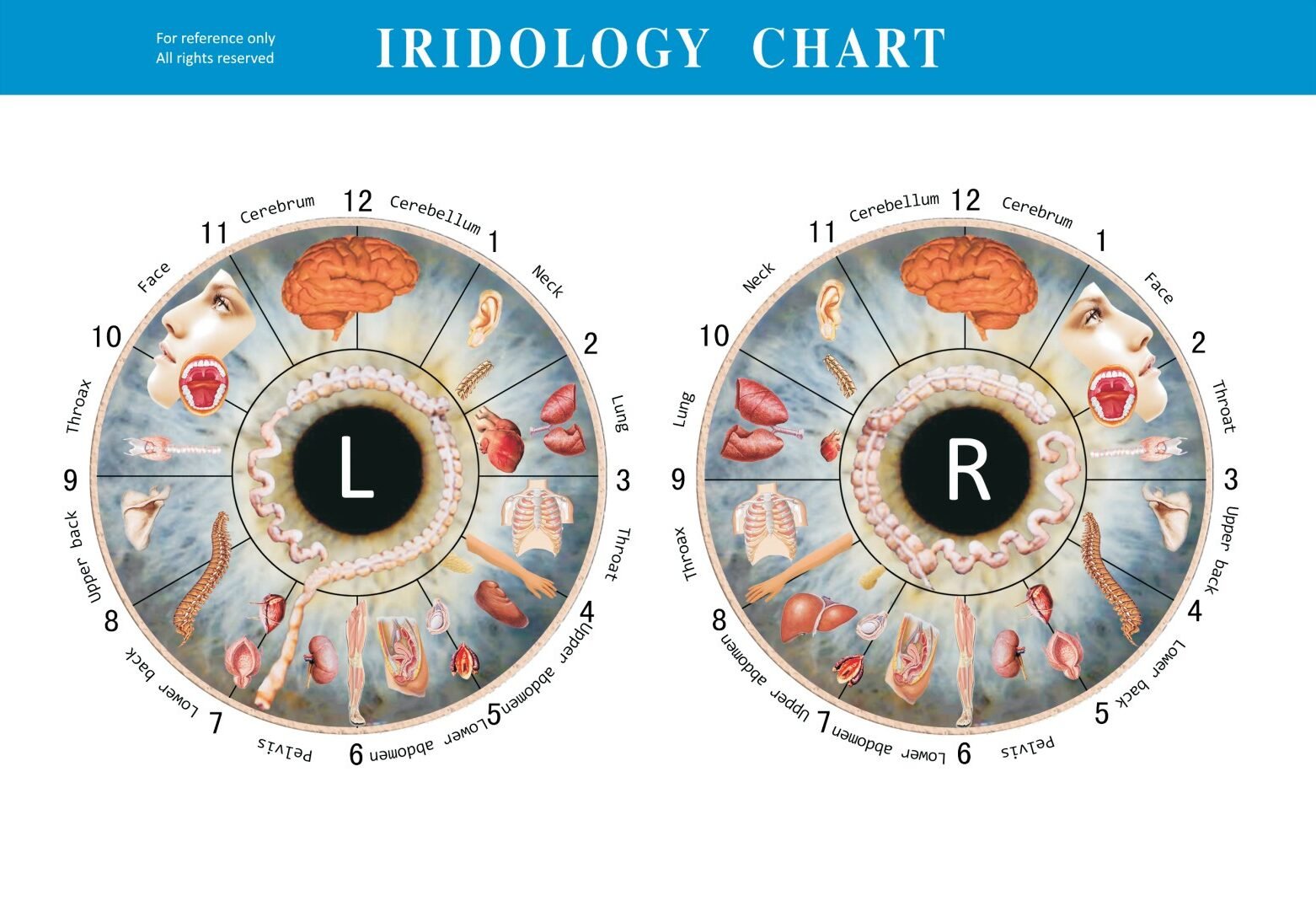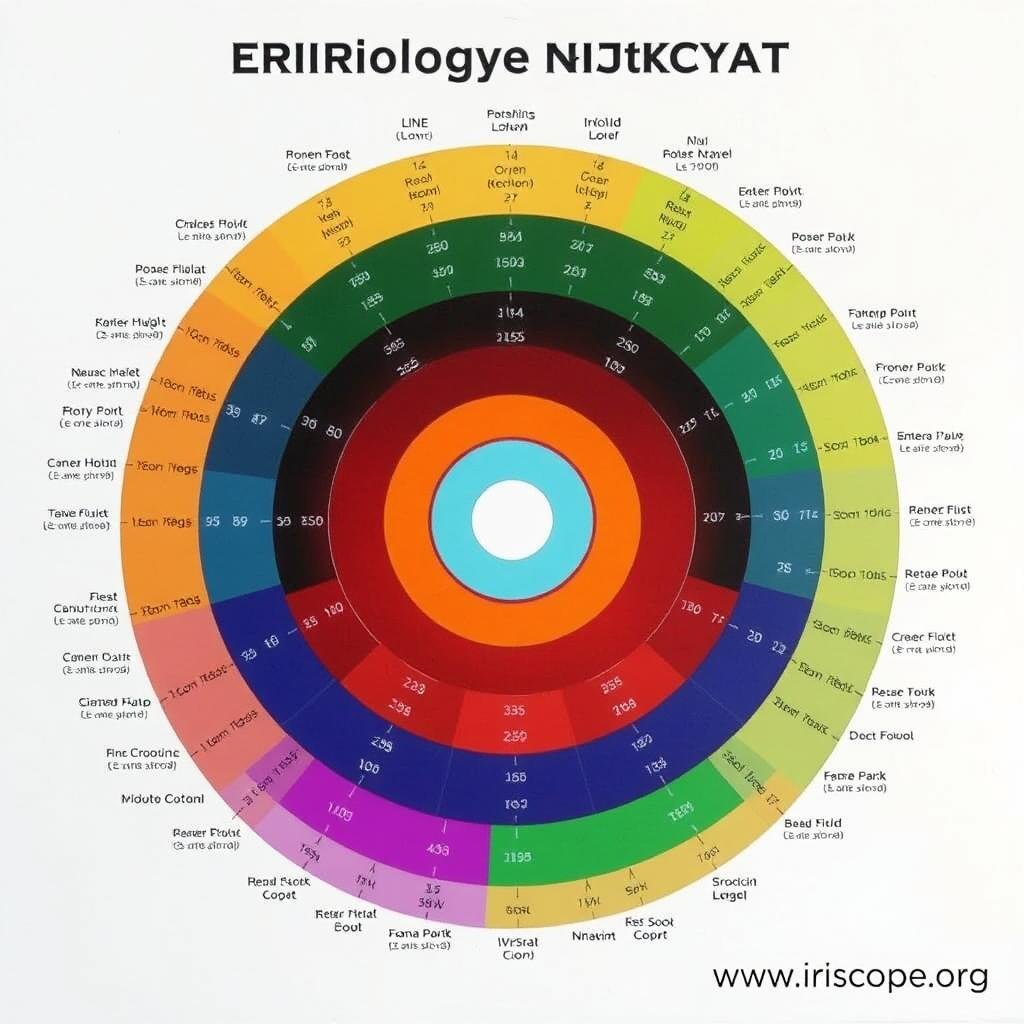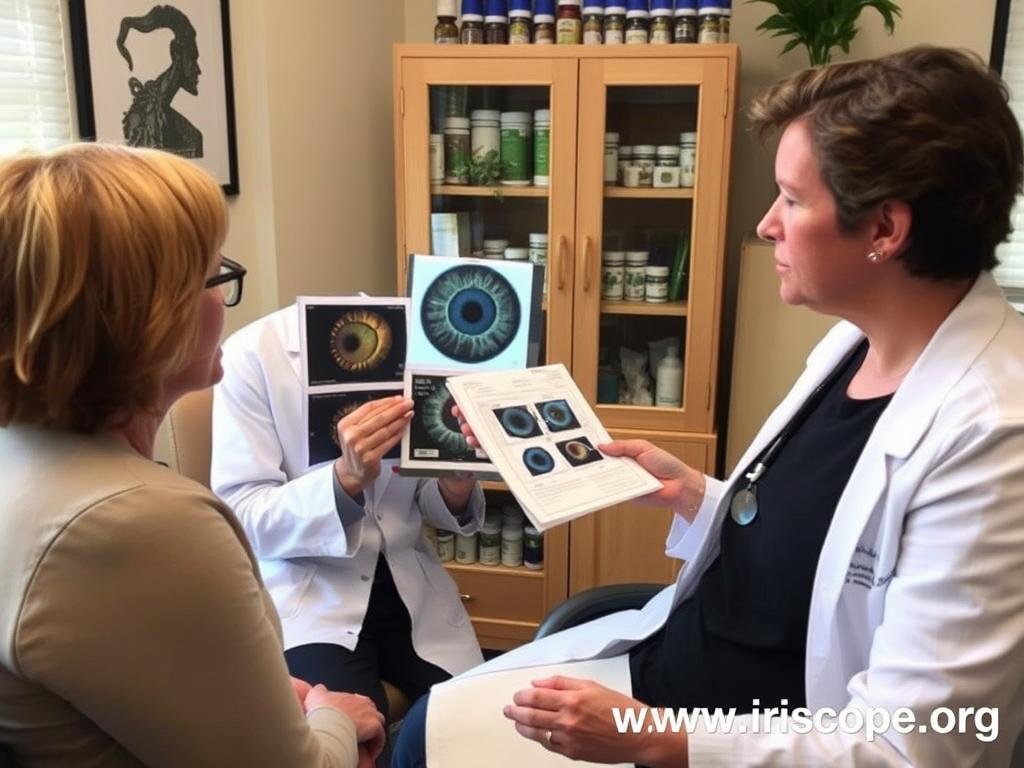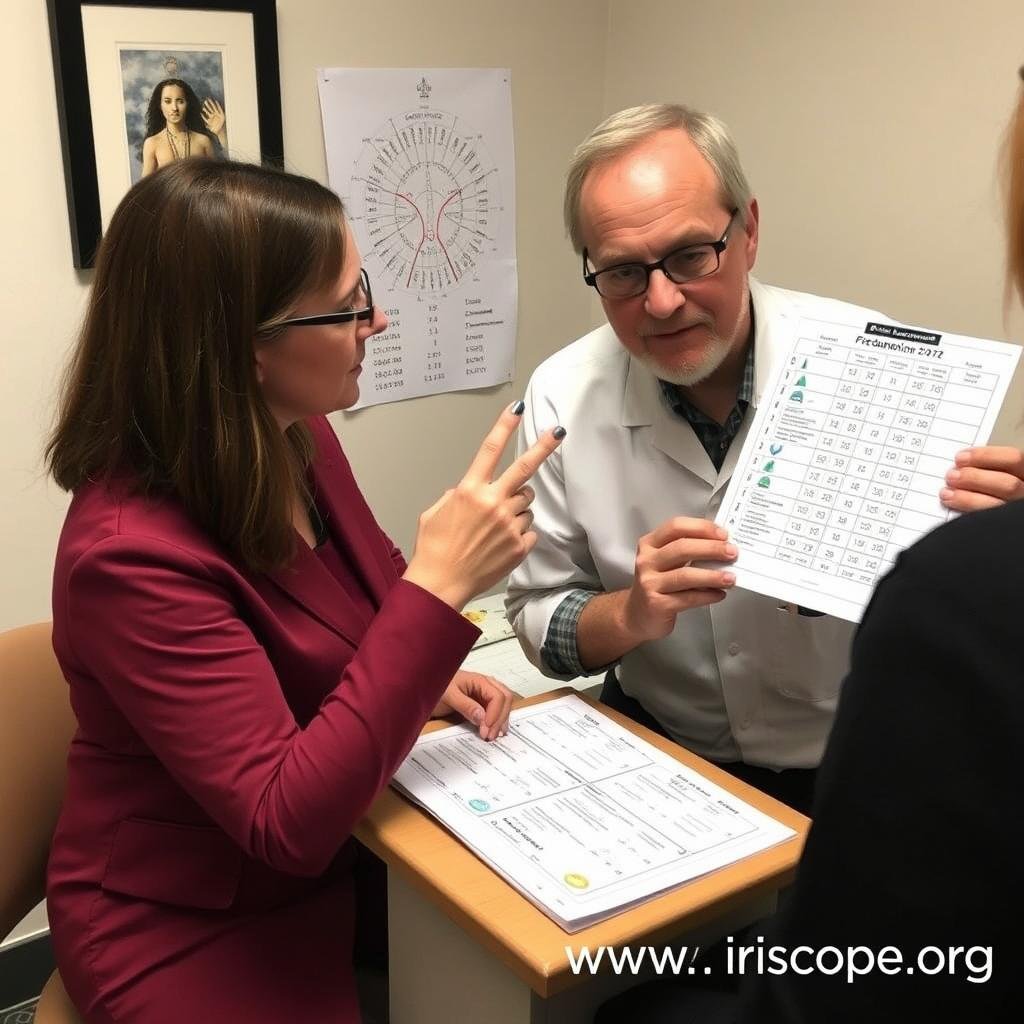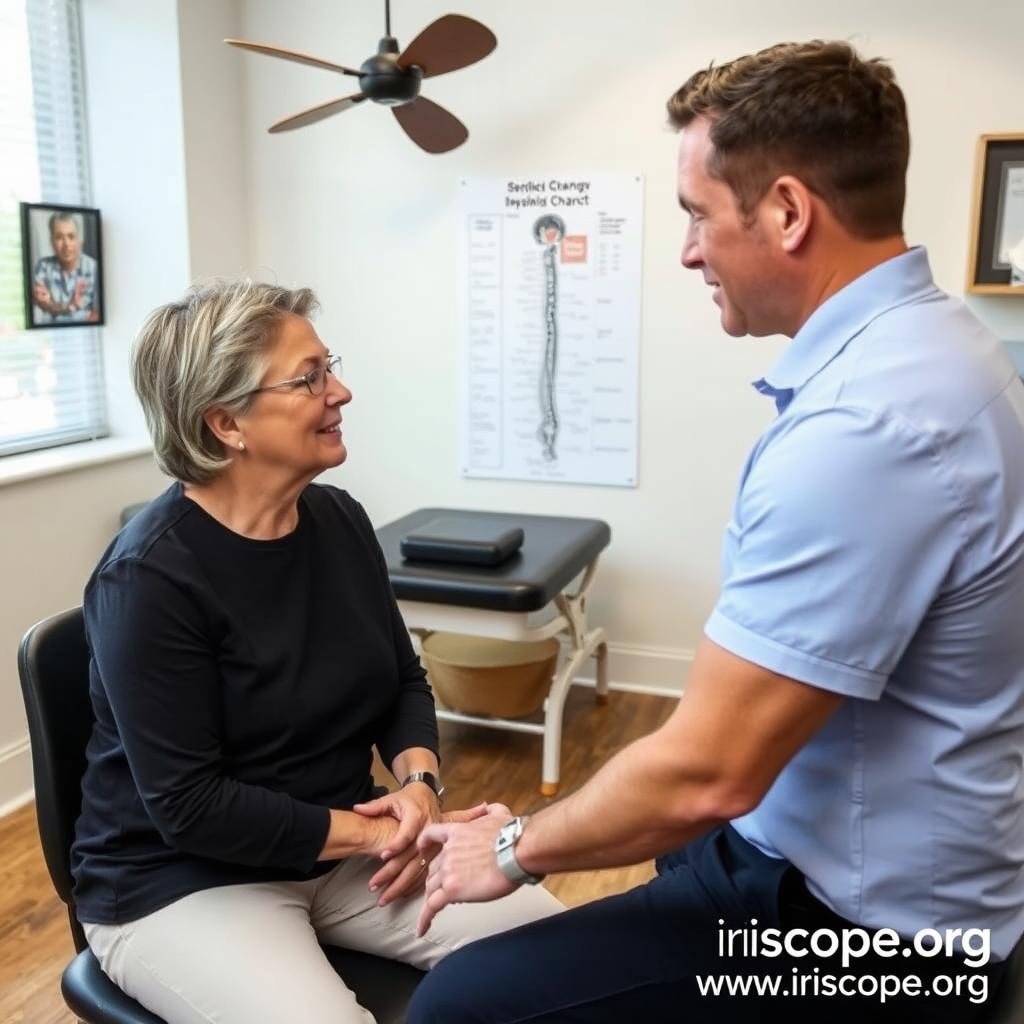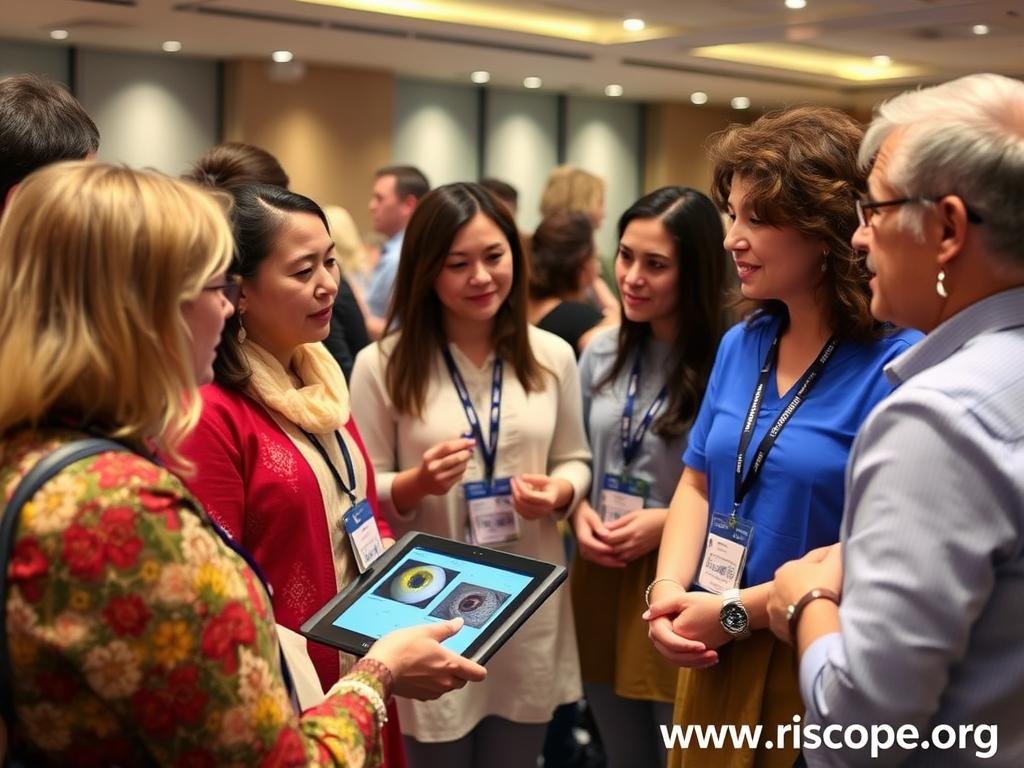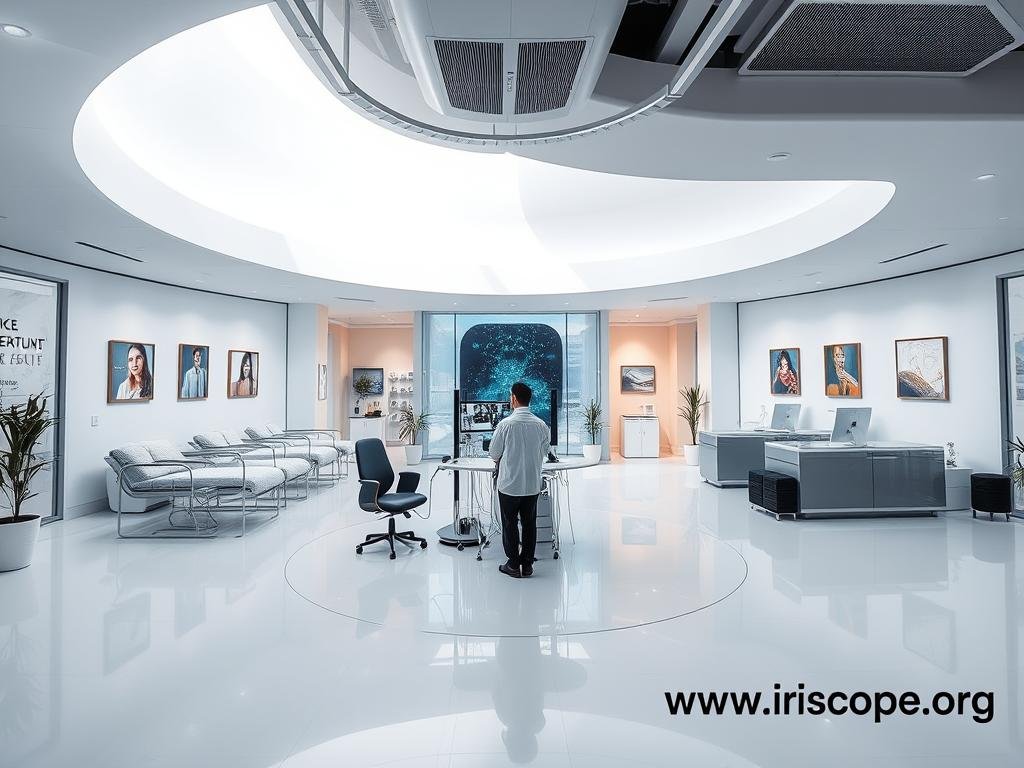The integration of various holistic health modalities creates a powerful synergy that addresses health concerns from multiple perspectives. Iridologues, specialists who analyze the iris of the eye to assess health conditions, increasingly collaborate with other holistic practitioners to provide comprehensive care. This collaborative approach combines the unique insights from iris analysis with complementary therapies for a more complete picture of a person’s health journey.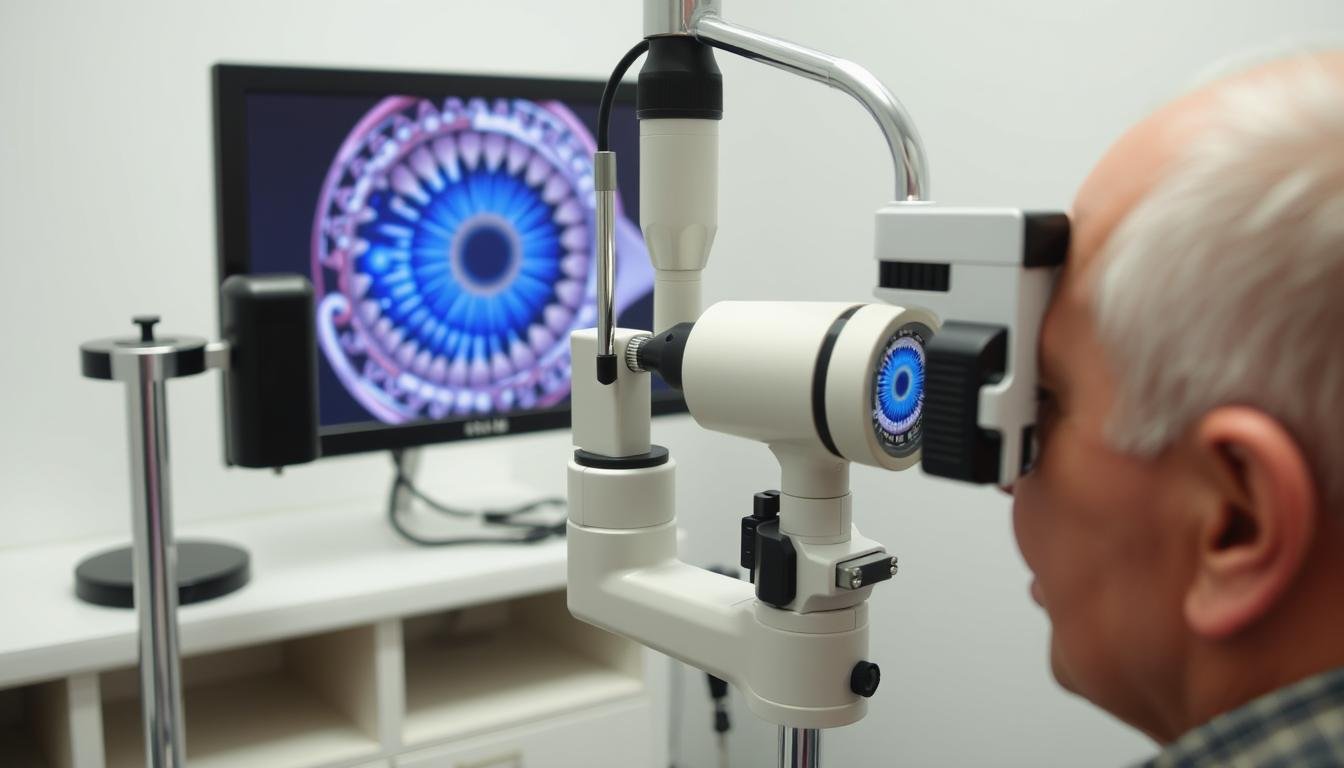
Iridologues and Their Unique Approach
Before exploring collaborative practices, it’s essential to understand what iridologists do. Iridology is a holistic assessment method that examines patterns, colors, and other characteristics of the iris to evaluate a person’s health status. The practice is based on the premise that each area of the iris corresponds to different parts of the human body.
Iridologues use specialized equipment like iriscopes and iridology cameras to capture detailed images of the iris. These images are then analyzed using iridology charts that map different zones of the iris to specific organs and body systems. Through this analysis, practitioners can identify potential areas of weakness, inflammation, or toxicity in the body.
Unlike conventional diagnostic methods, iridology provides insights into constitutional strengths and weaknesses, allowing for a more personalized approach to health. Iridologues can often detect imbalances before they manifest as clinical symptoms, making this practice valuable for preventative health strategies.
The Tools and Techniques Used by Iridologues
Professionnel iridologists rely on several specialized tools to conduct accurate assessments:
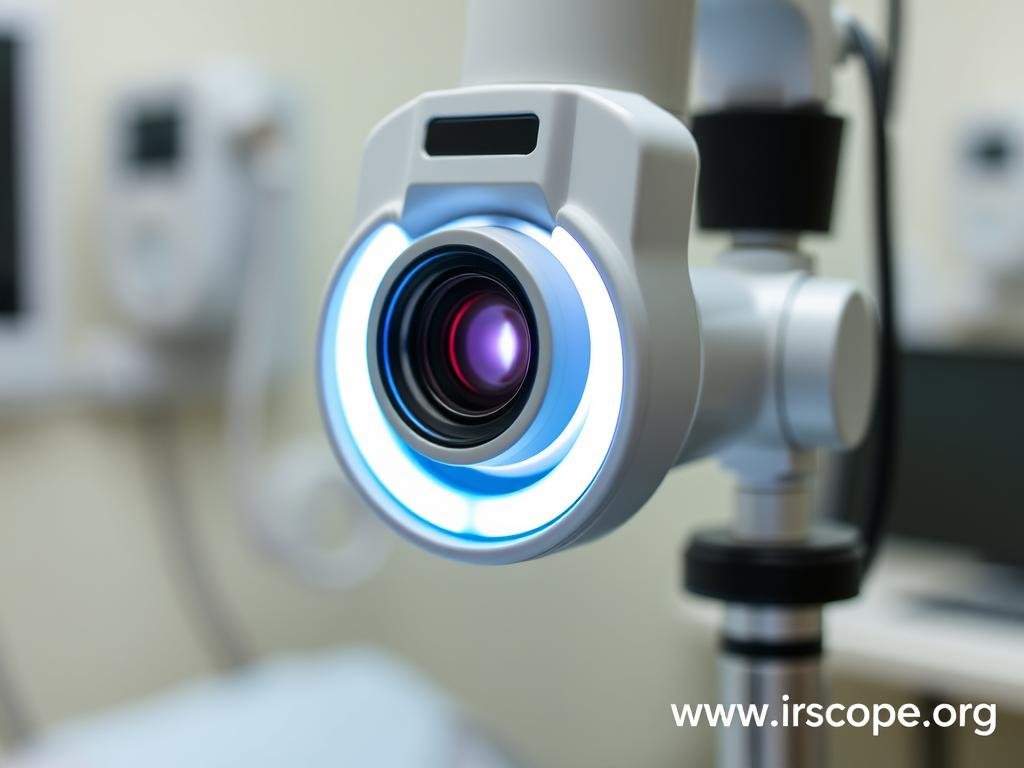
Iriscope
A specialized microscope designed specifically for examining the iris in detail, often with digital imaging capabilities.
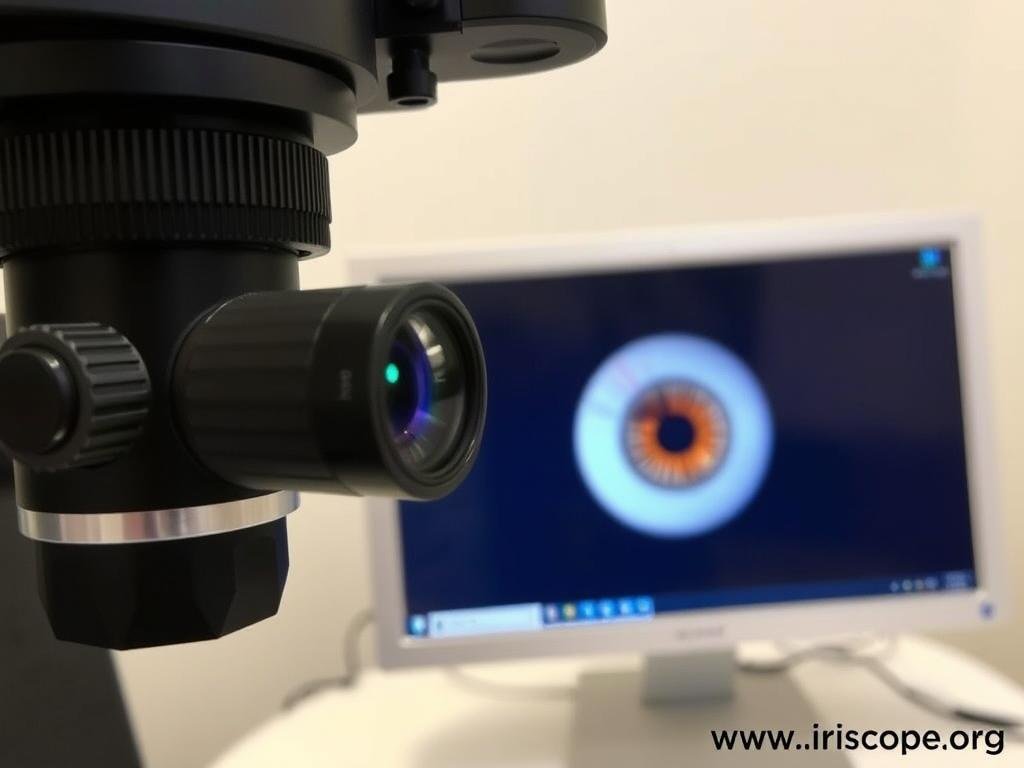
Caméra iridologique
High-resolution cameras that capture detailed images of the iris for analysis and documentation.

Logiciel d'iridologie
Advanced programs that help analyze iris images and correlate findings with health conditions.
Explore Professional Iridology Equipment
We offer state-of-the-art iriscopes, iridology cameras, and specialized software for professional practitioners. Enhance your practice with precision tools designed for accurate iris analysis.
View Our Equipment Range
The Collaborative Framework Between Iridologues and Other Practitioners
Effective collaboration between iridologists and other holistic practitioners follows a structured framework that maximizes the benefits of each modality. This integrated approach creates a comprehensive health assessment and treatment strategy that addresses both symptoms and underlying causes.
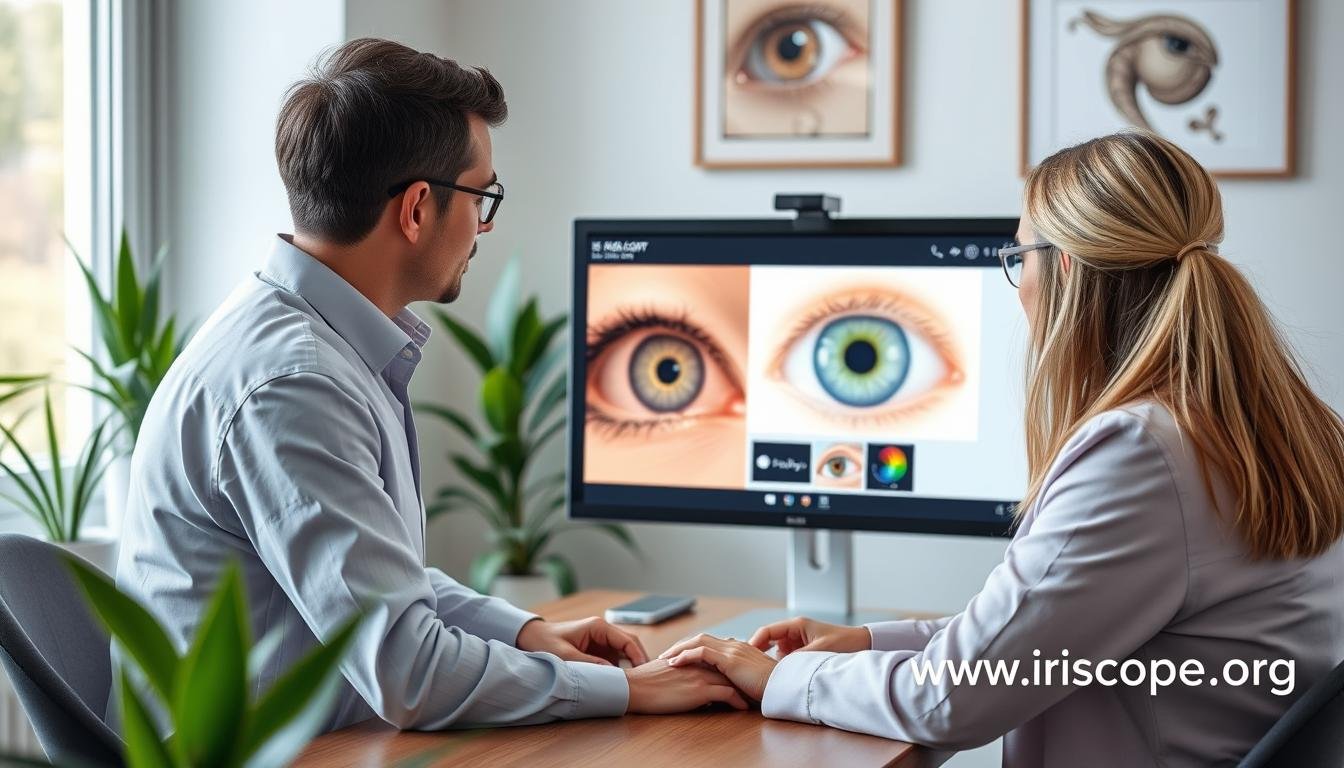
Key Principles of Successful Collaboration
- Mutual respect for each practitioner’s area of expertise
- Shared understanding of holistic health principles
- Clear communication channels between practitioners
- Coordinated assessment and treatment protocols
- Patient-centered approach that prioritizes individual needs
- Ongoing professional development and cross-training
- Ethical considerations in sharing patient information
Common Collaborative Models
Sequential Model
In this approach, patients see different practitioners in sequence. The iridologue might conduct an initial assessment, then refer to specific practitioners based on findings. This model works well for addressing specific health concerns identified through iris analysis.
Integrated Model
Practitioners work together in the same facility, sharing information and coordinating care. Iridologues often serve as part of a holistic health team, providing insights that inform the overall treatment strategy.
Consultative Model
Practitioners maintain separate practices but consult with each other regularly. Iridologues may provide consultation services to other practitioners, offering specialized iris analysis to complement their existing protocols.
Iridologues Working with Specific Holistic Modalities
The unique insights provided by iridologists complement various holistic health practices. Let’s explore how iridology integrates with specific modalities to enhance patient outcomes.
Iridologues and Naturopathic Doctors
Naturopathic doctors and iridologists share a common philosophy of addressing the root causes of health issues rather than just treating symptoms. When these practitioners collaborate, the iridologist’s assessment can help guide the naturopath’s treatment approach:
- Iris analysis identifies constitutional weaknesses that inform naturopathic protocols
- Naturopaths use iridology findings to prioritize treatment areas
- Combined approach allows for more personalized nutritional and herbal recommendations
- Iridology provides visual confirmation of healing progress over time
Iridologues and Acupuncturists
The integration of iridology with acupuncture creates a powerful synergy. Traditional Chinese Medicine (TCM) and iridology both recognize the interconnectedness of body systems:
- Iris analysis can identify energy imbalances that correspond to meridian blockages
- Acupuncturists can target specific meridians based on iridology findings
- Combined approach addresses both energetic and physical aspects of health
- Iridology provides another perspective on the Five Element Theory in TCM
- Sequential treatments can be monitored through changes in iris tissue
Iridologues and Chiropractors
Chiropractic care focuses on the relationship between the spine and nervous system, while iridology provides insights into how these structural elements affect overall health:
- Specific iris markings can indicate spinal misalignments and nerve impingements
- Chiropractors can prioritize adjustment areas based on iridology findings
- Combined approach addresses both structural and functional aspects of health
- Iridology helps track progress of chiropractic treatments over time
- Collaborative care improves outcomes for chronic pain and mobility issues
Other Valuable Collaborations for Iridologues
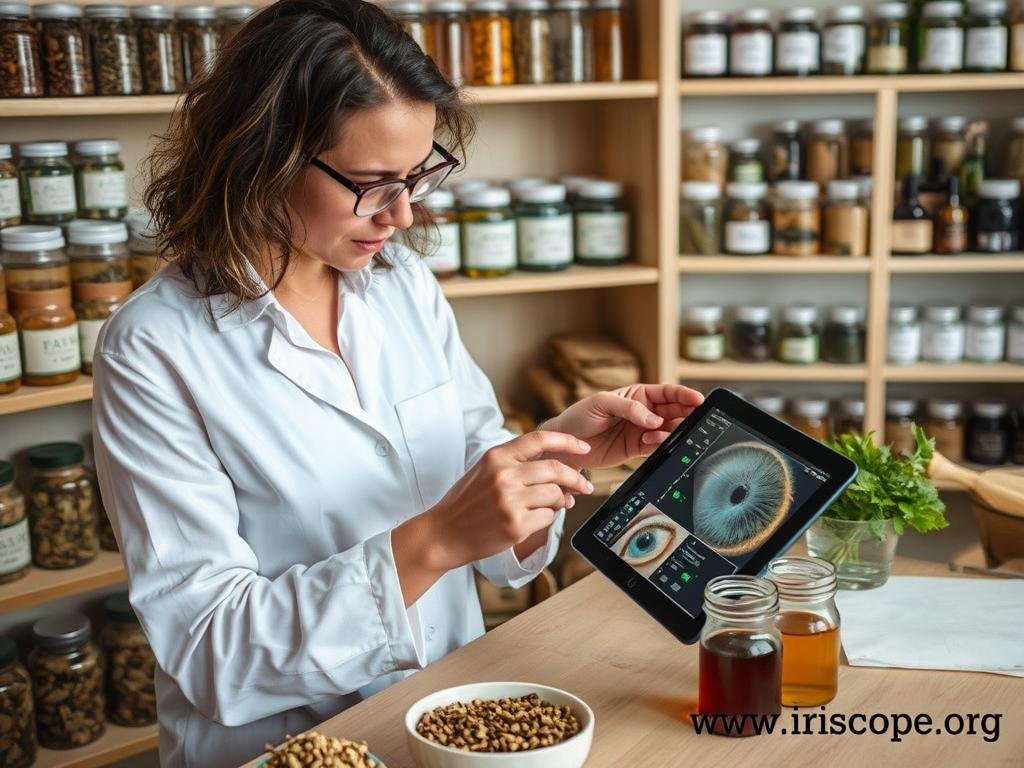
Herbalistes
Iris analysis helps identify specific organ systems that need support, guiding herbalists in selecting the most appropriate herbal formulations for individual needs.
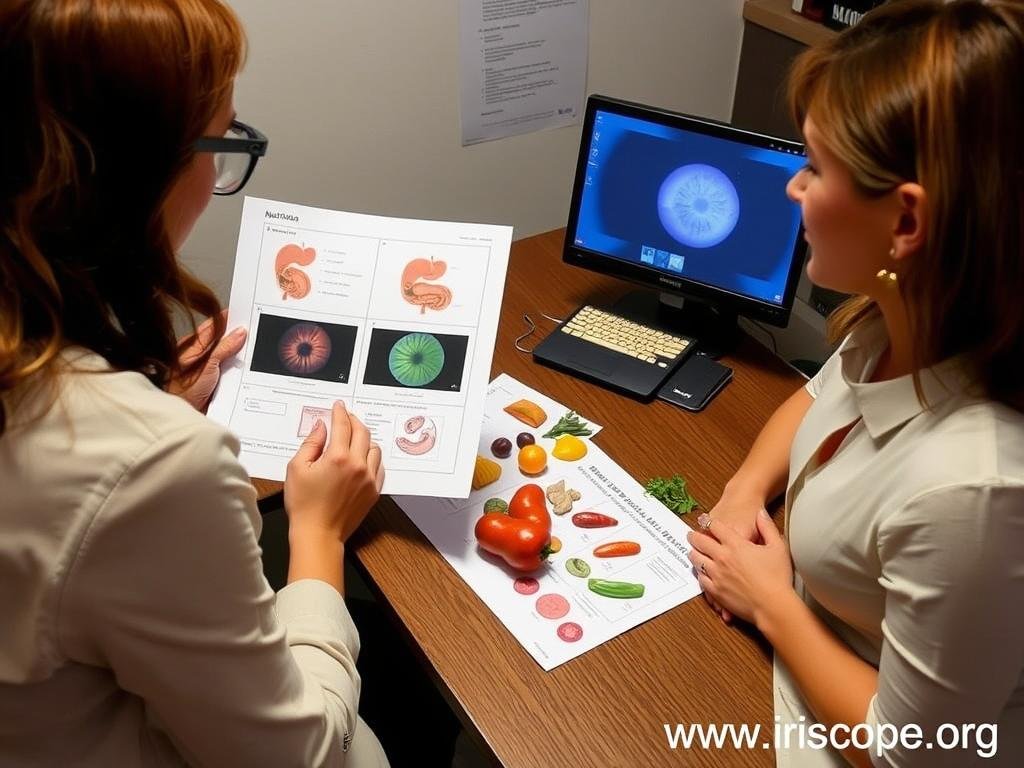
Nutritionists
Iridologues can identify nutritional deficiencies and digestive weaknesses that inform personalized nutrition plans developed by dietitians and nutritionists.
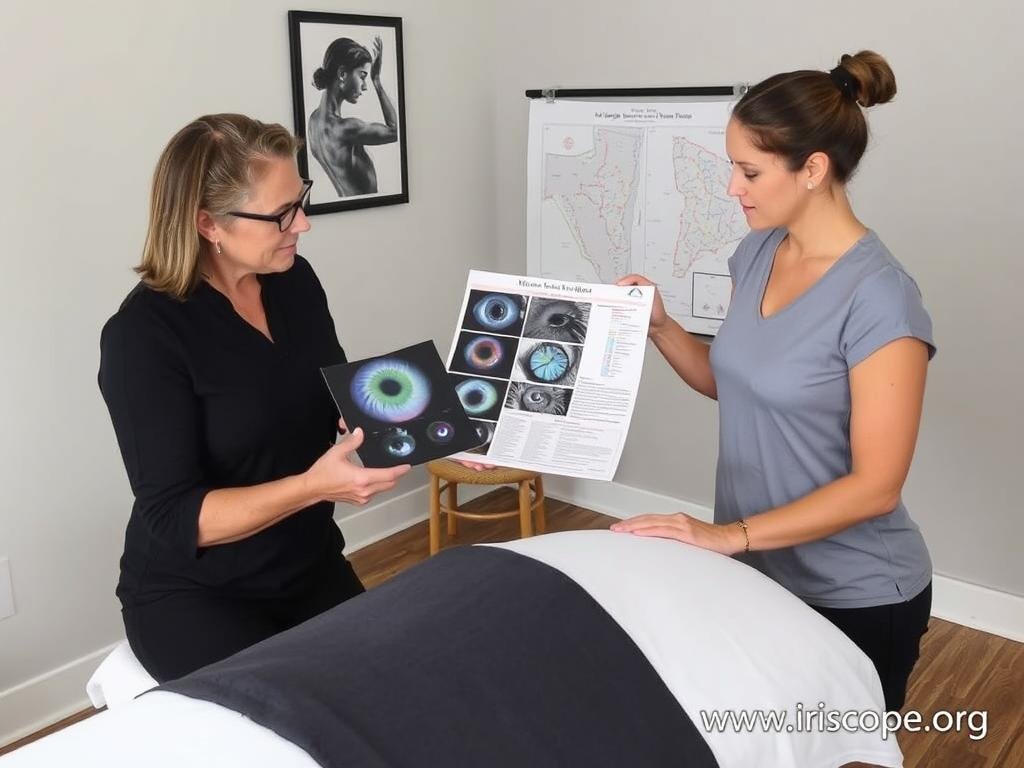
Massage Therapists
Iris markings indicating areas of tension or congestion help massage therapists target specific body regions that need deeper work.
Enhance Your Holistic Practice with Iridology
Looking to integrate iridology into your existing holistic practice? Our professional training and equipment can help you expand your service offerings and provide more comprehensive care to your clients.
Contact Us on WhatsApp
Case Studies: Successful Collaboration Between Iridologues and Other Practitioners
Real-world examples demonstrate the effectiveness of collaborative approaches involving iridologists and other holistic practitioners. These case studies highlight how integrated care leads to improved patient outcomes.
Case Study 1: Chronic Digestive Issues
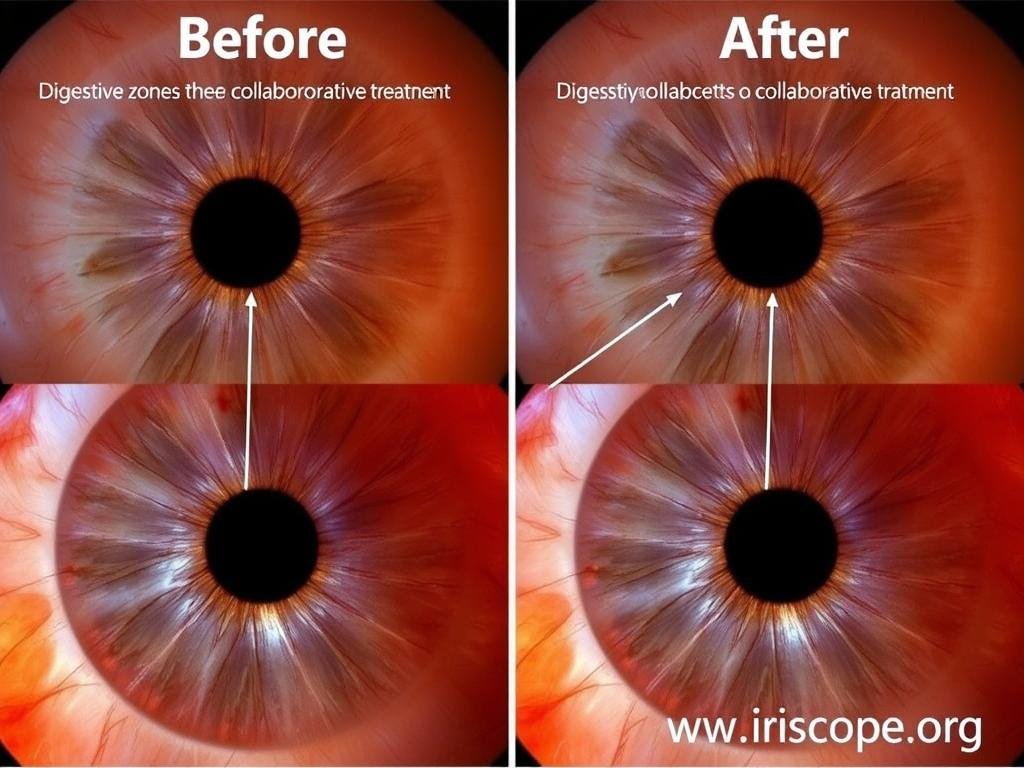
Profil du client: 42-year-old female with chronic digestive complaints and fatigue
Collaborative Approach: Un iridologue identified specific weaknesses in the digestive system through iris analysis. This information guided a naturopath in developing a targeted herbal protocol and an acupuncturist in selecting specific meridian points to treat.
Outcome: After three months of coordinated care, the client reported 80% improvement in digestive symptoms and significantly increased energy levels. Follow-up iris analysis showed visible improvements in the digestive zone of the iris.
Case Study 2: Chronic Back Pain
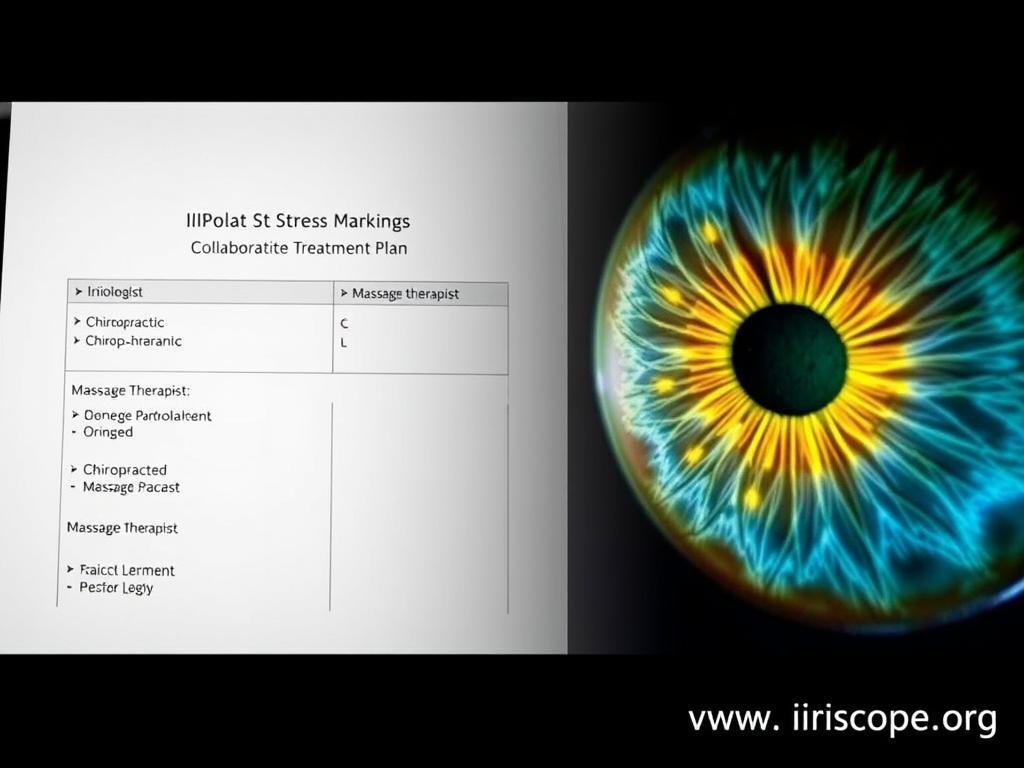
Profil du client: 58-year-old male with persistent lower back pain resistant to conventional treatment
Collaborative Approach: Iris analysis by an iridologue revealed not only spinal stress but also kidney weakness contributing to the back issues. A chiropractor addressed structural misalignments while an herbalist supported kidney function.
Outcome: The client experienced more sustained relief than with previous chiropractic care alone. The integrated approach addressed both the structural issues and the underlying organ weakness contributing to the condition.
Case Study 3: Immune System Support
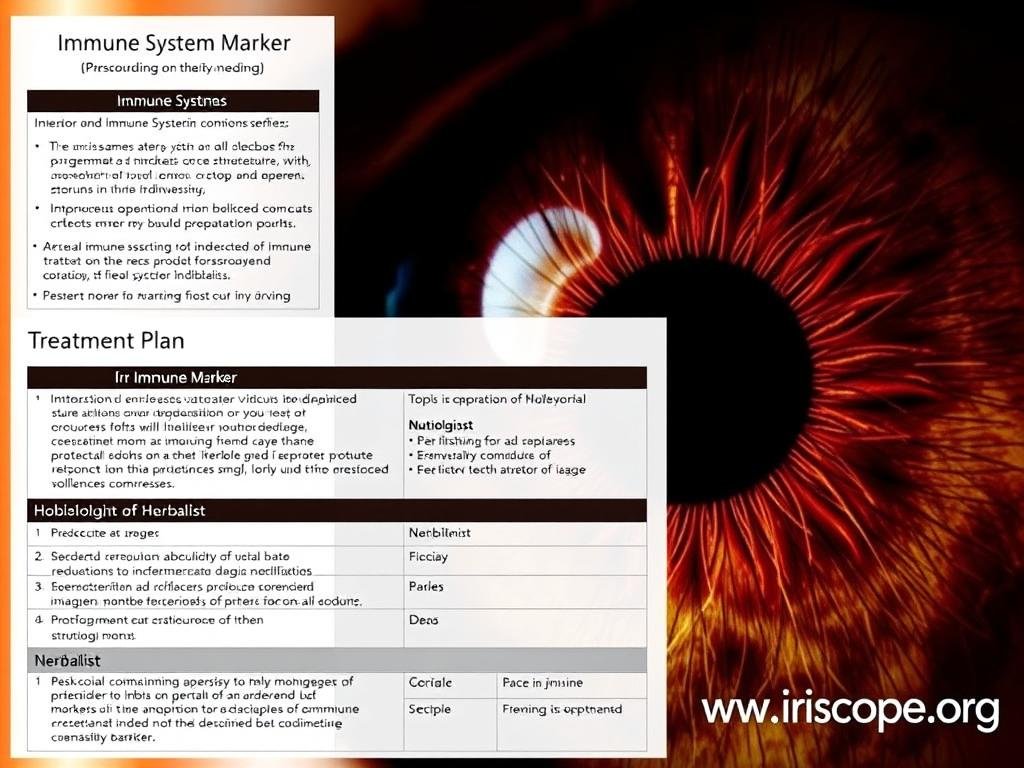
Profil du client: 35-year-old with recurrent infections and low energy
Collaborative Approach: Un iridologue identified lymphatic congestion and adrenal fatigue patterns in the iris. This informed a comprehensive protocol developed in collaboration with a nutritionist and an herbalist.
Outcome: Over six months, the client experienced fewer infections, improved recovery time, and sustained energy. Iris analysis showed visible improvement in lymphatic and adrenal markers.
Practical Integration Methods for Iridologues
For iridologists looking to establish collaborative relationships with other practitioners, certain strategies can facilitate effective integration and mutual referral networks.
Establishing Professional Relationships
- Attend integrative health conferences and networking events
- Offer educational presentations about iridology to other practitioners
- Create professional information packets explaining how iridology complements other modalities
- Schedule one-on-one meetings with potential collaborators to discuss integration possibilities
- Join professional associations that support integrative health approaches
- Participate in community health fairs alongside other practitioners
Communication Protocols for Iridologues in Collaborative Practice
| Communication Element |
Best Practice |
Implementation Tips |
| Initial Assessment Reports |
Provide clear, concise reports with visual iris documentation |
Use standardized templates with iris images, highlighted findings, and specific recommendations |
| Shared Terminology |
Develop common language that bridges iridology and other modalities |
Create a glossary of terms that correlates iris signs with terminology used in other practices |
| Suivi des progrès |
Document changes in iris tissue alongside clinical improvements |
Use before/after iris photography with annotated changes to share with collaborating practitioners |
| Referral Protocols |
Establish clear guidelines for when and how to refer clients |
Create a decision tree based on specific iris findings that indicate need for particular modalities |
| Case Conferences |
Schedule regular meetings to discuss complex cases |
Use secure teleconferencing platforms to facilitate remote collaboration when necessary |
Ready to Elevate Your Iridology Practice?
Whether you’re an established iridologist looking to expand your professional network or a holistic practitioner interested in adding iridology to your skill set, we offer the equipment, training, and support you need.
Email Us for Professional Consultation
Technology Enabling Better Collaboration for Iridologues
Modern technology has revolutionized how iridologists document, analyze, and share their findings with other practitioners. These technological advancements facilitate more precise analysis and seamless collaboration.
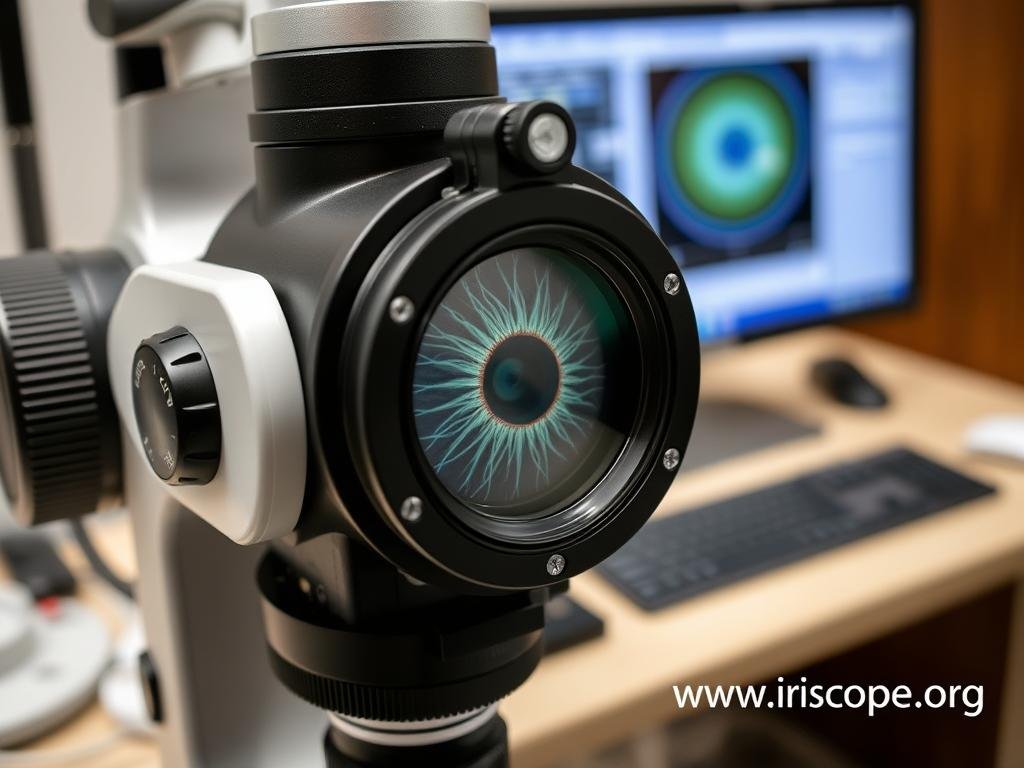
Iriscopes numériques
Modern digital iriscopes capture high-resolution images that can be easily shared with collaborating practitioners. These devices allow for precise documentation of iris features and changes over time.

Analyse améliorée
Artificial intelligence is beginning to play a role in iris analysis, helping iridologists identify patterns and correlations that might otherwise be missed. This technology supports more consistent and objective assessments.
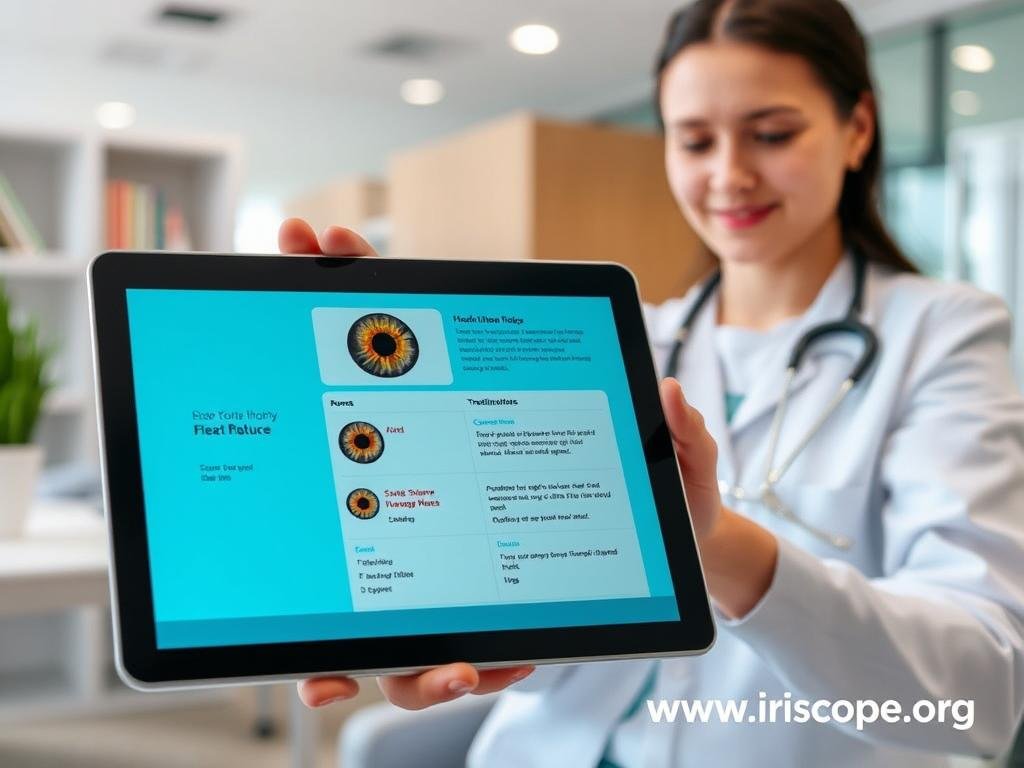
Secure Sharing Platforms
HIPAA-compliant cloud platforms enable iridologists to securely share findings with other practitioners, facilitating remote collaboration and integrated care planning.
“The integration of digital technology in iridology has transformed our ability to collaborate with other practitioners. We can now share detailed iris analyses securely and in real-time, allowing for truly integrated treatment approaches that benefit our clients immensely.”
— Dr. Maria Chen, Iridologist and Integrative Health Consultant
Benefits to Clients When Iridologues Collaborate with Other Practitioners
When iridologists work in concert with other holistic practitioners, clients experience numerous advantages compared to single-modality approaches.

Benefits of Collaborative Care
- More comprehensive assessment of health status
- Personalized treatment plans addressing multiple aspects of health
- Reduced need for trial-and-error approaches
- More efficient resolution of complex health issues
- Better preventative strategies based on constitutional insights
- Increased practitioner accountability through team approach
- Enhanced client education about their health from multiple perspectives
Challenges to Consider
- Potentially higher initial costs for multiple practitioner consultations
- Need for client to coordinate between practitioners if not in same facility
- Possible conflicting recommendations without proper coordination
- Insurance coverage limitations for some holistic modalities
- Time commitment for multiple appointments
- Learning curve in understanding different health paradigms
Client Tip: When seeking collaborative care that includes iridology, ask potential practitioners about their experience working with other modalities and their protocols for sharing information between team members. This ensures you’ll receive truly integrated care rather than disconnected treatments.
Future Trends in Collaborative Practice for Iridologues
The field of integrative health continues to evolve, with new opportunities emerging for iridologists to expand their collaborative networks and enhance their practice.
Emerging Collaborative Models
Several innovative approaches are gaining traction in the integrative health community:
- Virtual Collaborative Networks: Online platforms connecting iridologists with other practitioners for remote consultations and case management
- Integrative Health Centers: Physical locations housing multiple modalities including iridology under one roof
- Functional Medicine Teams: Iridologues joining functional medicine practices to provide additional assessment insights
- Corporate Wellness Programs: Collaborative practitioner teams including iridologists providing preventative health services to employees
- Research Collaborations: Iridologues participating in formal research to validate integrative approaches
Professional Development for Collaborative Iridologues
Iridologues seeking to enhance their collaborative practice can pursue several professional development pathways:
Cross-Training
Gaining basic knowledge in complementary modalities helps iridologists better understand how their findings relate to other treatment approaches.
Advanced Communication
Developing skills in translating iridology findings into language that resonates with other health paradigms facilitates more effective collaboration.
Research Literacy
Understanding how to evaluate and apply research findings strengthens an iridologist’s ability to engage with evidence-based practitioners.
Conclusion: The Integrated Future of Iridologues in Holistic Health
The collaborative integration of iridologists with other holistic practitioners represents a powerful evolution in complementary healthcare. By combining the unique insights from iris analysis with diverse therapeutic approaches, practitioners can offer truly comprehensive care that addresses the multifaceted nature of health and wellness.
As the field continues to evolve, iridologists who develop strong collaborative networks and embrace technological advancements will be positioned to make significant contributions to the integrative health landscape. The future of holistic healthcare lies in this kind of thoughtful integration, where each modality contributes its unique perspective to create a more complete picture of health.
Connect with Our Professional Iridology Team
Whether you’re a practitioner interested in collaboration or an individual seeking comprehensive holistic care, our team of experienced iridologists is here to help. We offer professional equipment, training, and consultation services to support your health journey.
Contact us via Whatsapp or email at Lucy@iriscope.org
Planifier une consultation
















